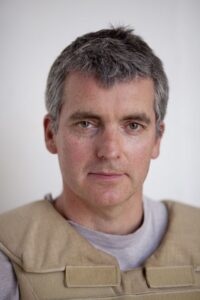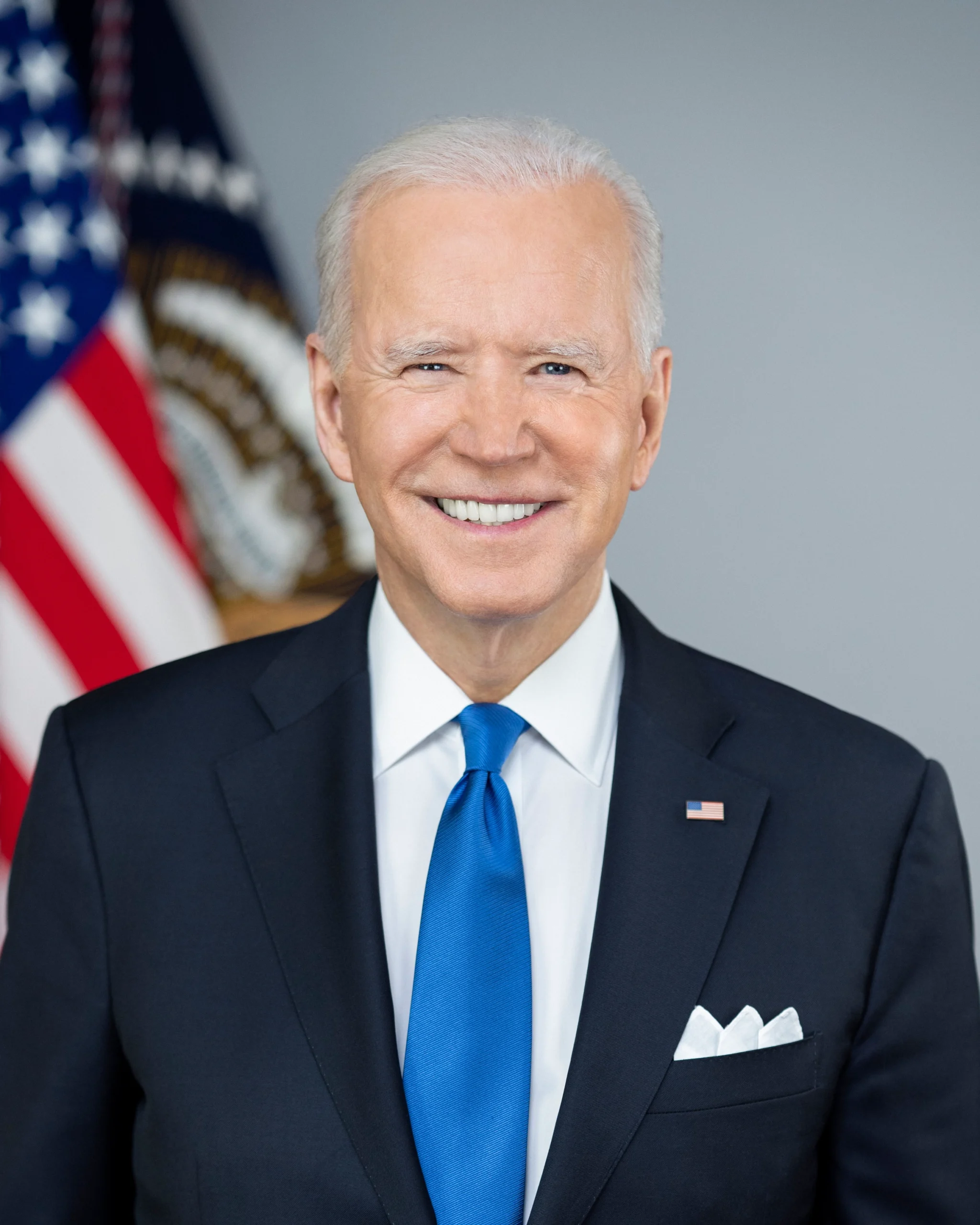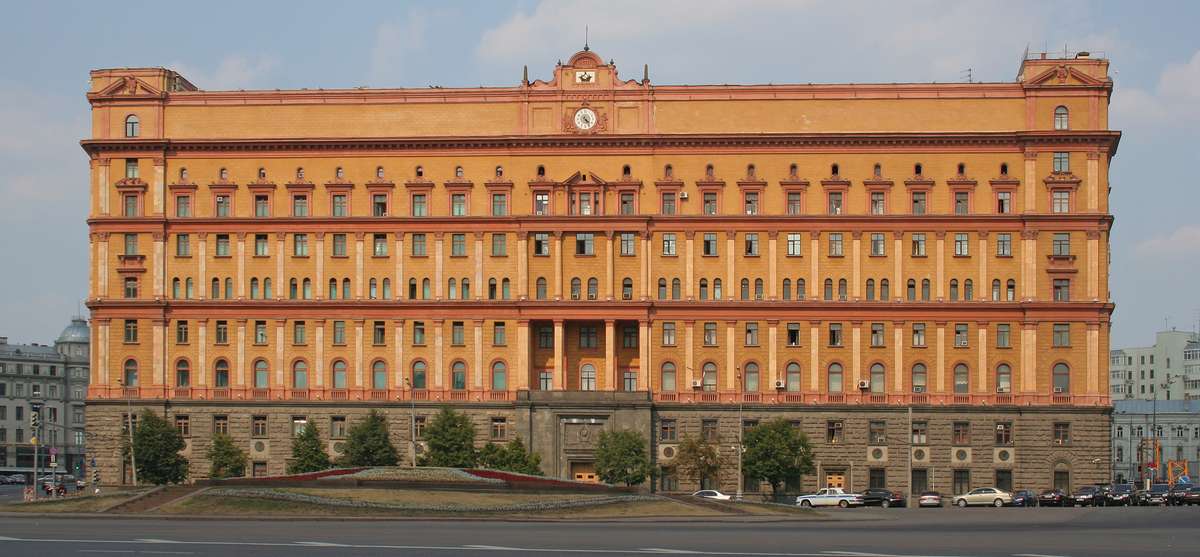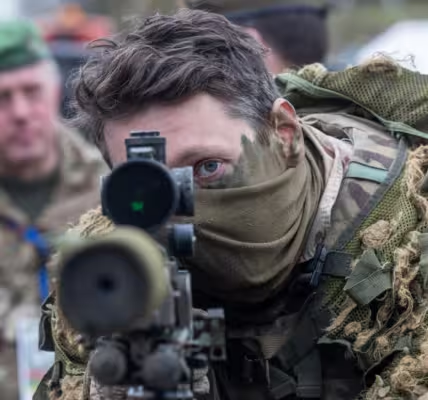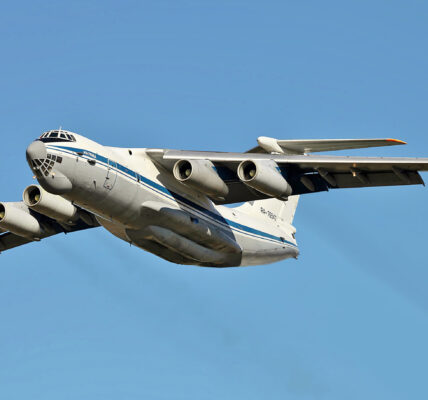
Russia is still able to generate 30,000 recruits a month to fight on the frontline in Ukraine despite suffering in excess of 500,000 casualties, western officials have said.
The Russian summer offensive has cost Moscow a record 1,200 personnel killed or wounded daily, raising questions over whether the country’s population can sustain the war.
Russian forces have suffered a total of 500,000 casualties, of whom more than 150,000 were killed in action, since their 2022 invasion, western officials have reported.
The high casualty rate appears to have been confirmed by President Vladimir Putin, who inadvertently stated last week that Russia was suffering 20,000 casualties a month, which included 5,000 dead.
Reported Russian personnel casualties in May averaged 1,200 a day, “the highest reported since the beginning of the war”, a media briefing was told.
In March, President Putin signed a decree setting out the routine spring conscription campaign, calling up 150,000 citizens for statutory military service.
All men in Russia are required to do a year-long military service, or equivalent training during higher education, from the age of 18.
In July, Russia’s lower house of parliament voted to raise the maximum age at which men can be conscripted to 30 from 27.
Compulsory military service has long been a sensitive issue in Russia, where many men go to great lengths to avoid being handed conscription papers during the twice-yearly call-up periods.
Conscripts cannot legally be deployed to fight outside Russia and were exempted from a limited mobilisation in 2022 that gathered at least 300,000 men with previous military training to fight in Ukraine – although some conscripts were sent to the front in error.
Russia’s continued offensive around the eastern Ukraine city of Kharkiv will “continue to be challenging for Ukrainian ground forces over the next three months”, an official said.
Despite its losses, Russia was still able to regenerate about 30,000 recruits a month, albeit most of them poorly trained.
While the recruitment could be sustained for “a period of time” an official said, it was “very difficult to determine the time at which the domestic consensus fails in a nation, and they’re unable to sustain that level of recruitment”.
This would become clearer by autumn depending on the attrition suffered during the summer offensive, the official added.
Moscow’s forces are likely to suffer further high casualties after the US, UK and other nations agreed to allow strikes by their advanced missiles against troops assembling across the border in Russia itself.
The official added: “Until that decision had been taken, Russian forces were quite free to mass both [artillery] fires and manpower almost within sight of Ukrainian forces in order to launch an offensive, and there was nothing they were able to do about it.”
The ability to launch systems such as the Himars precision rockets, that have a range of up to 300km, will also “buy time” for more western arms to arrive and for Ukraine to reinforce their defences against the Russian offensive, which currently appears to be in abeyance.

In response to the western move, the Russian president said Russia would provide long-range strike capabilities to unspecified countries for strikes against the West.
It is understood that the threat was made to curtail the West’s policy although the western officials indicated that Russia had “low reserves of its premium weapons”, allowing them to strike deep into Ukraine.


